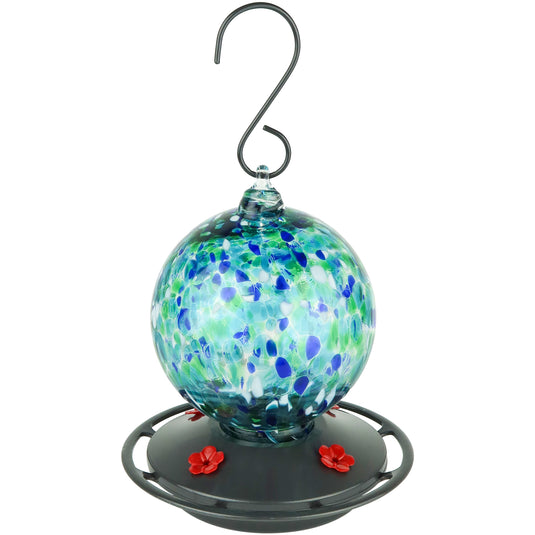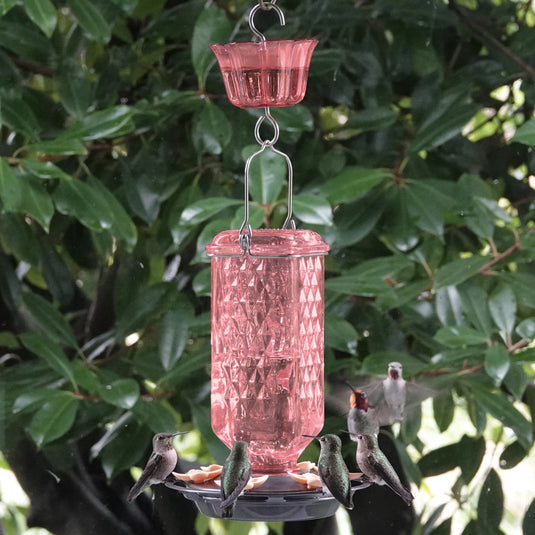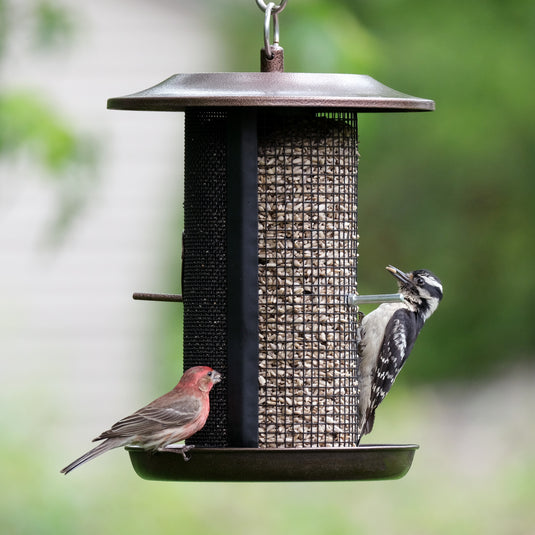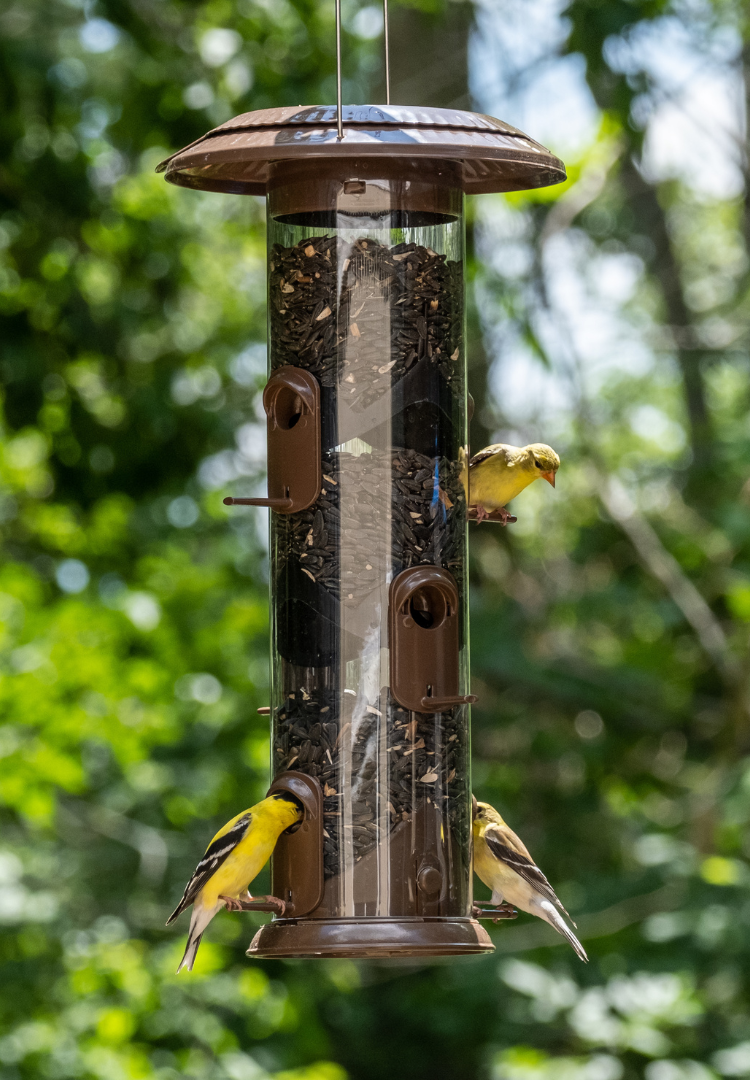Identifying Tree Swallows:
These small, streamlined songbirds have a short slightly notched tail and long pointed wings. Measuring between 4.7 and 5.9 inches in length with a wingspan ranging from 11.8 to 13.8 inches, these iridescent passerine are known for their aerial displays while foraging insects midair. Adult males have white undersides cloaked with shimmering blue-green feathers on their head and back with blackish wings and tail and a thin black eye mask. Females appearance varies only in the intensity of blue, with their feathers being somewhat duller at times with more brown feathers in their upperparts.
Tree swallows typically reside in fields, shorelines, wooded swamps, or marshes. They prefer to live near bodies of water that can produce a larger number of the flying insects that are the birds' diet. These birds will often be spotted in open spaces displaying their aerial acrobatic prowess as they chase insect prey in the air and will sometimes converge in larger numbers in an insect swarm. If you have ever been mowing the lawn and seen a group of birds appear continuously swooping down around there is a high probability this was a group of tree swallows gorging on the insects the mower was kicking up!

Attracting Tree Swallows:
The tree swallow's diet consists mainly of aerial insects such as damselflies, mayflies, months, beetles, and flies. Although they may eat some plant foods during inclement weather if prey is scarce, tree swallows are not birds that will be found at a feeder. To attract tree swallows to your yard, avoid spraying pesticides as these will deplete the birds' natural food source. Birders located in the typical breeding range (the northern half of the continental US, almost all of Alaska, and the southern two-thirds of Canada) can have success attracting tree swallows to their yard by erecting nest boxes. More information on selecting a location and mounting a nest box, see our blog.

Above: A pair of tree swallows bringing insects to their young in a Nature's Way Bluebird Box House w/ Viewing Window (Model# CWH4)
Nesting:
These birds are highly social and pairs will often nest close together if nest boxes are numerous. Tree swallows are cavity nesters, meaning they will nest in the natural cavities in dead trees and also nest boxes. The female constructs majority of the nest, taking roughly two weeks to complete the build. Nests are comprised almost entirely of grasses, but may also include pine needles, animal hair, or aquatic plants. Tree swallow nests are distinguishable from the nest of bluebirds who will also use these houses by the tidy lining of the nest cup with feathers.
Tree swallow eggs are roughly 0.7 inches in length and 0.5 inches in width, are a very pale pink the first few days after being laid, and turn pure white by day 4. A typical clutch size ranges from 4 to 7 eggs depending on the location, time of year, and brood. Eggs will be incubated for 11 to 20 days and the hatchlings will spend another 15 to 25 days before fledging the nest. There may be up to two broods in a nesting season.

Leave a comment to share with us your Tree Swallow stories!























I found this page looking for the type of bird that has taken residence in my bird house. This is definitely the bird! When I walk near it, it starts singing and swooping all around to try to scare me away. I’ll keep my distance knowing it has found a home :)
I saw a pair of these displaying their aerial acrobatic prowess, what a neat thing to see!! It was along shoreline on Put-In-Bay Island, Ohio. This was my first time seeing these birds, their uniqueness and beauty.
I heard a beautiful bird song and it looks like we have tree swallows in our new birdhouse we erected on a pole last fall. We live in Parry Sound Canada.🇨🇦
Love my bluebirds but, these just took over my bluebirds nesting box. They where very agressive, first time I have seen them do this. Logan Ohio
I just saw two of these in my backyard sitting in the tree.. this is the first time I’ve seen this particular bird in my yard. I live in Shickshinny Pennsylvania 18655 I do not know how common they are here. They are beautiful